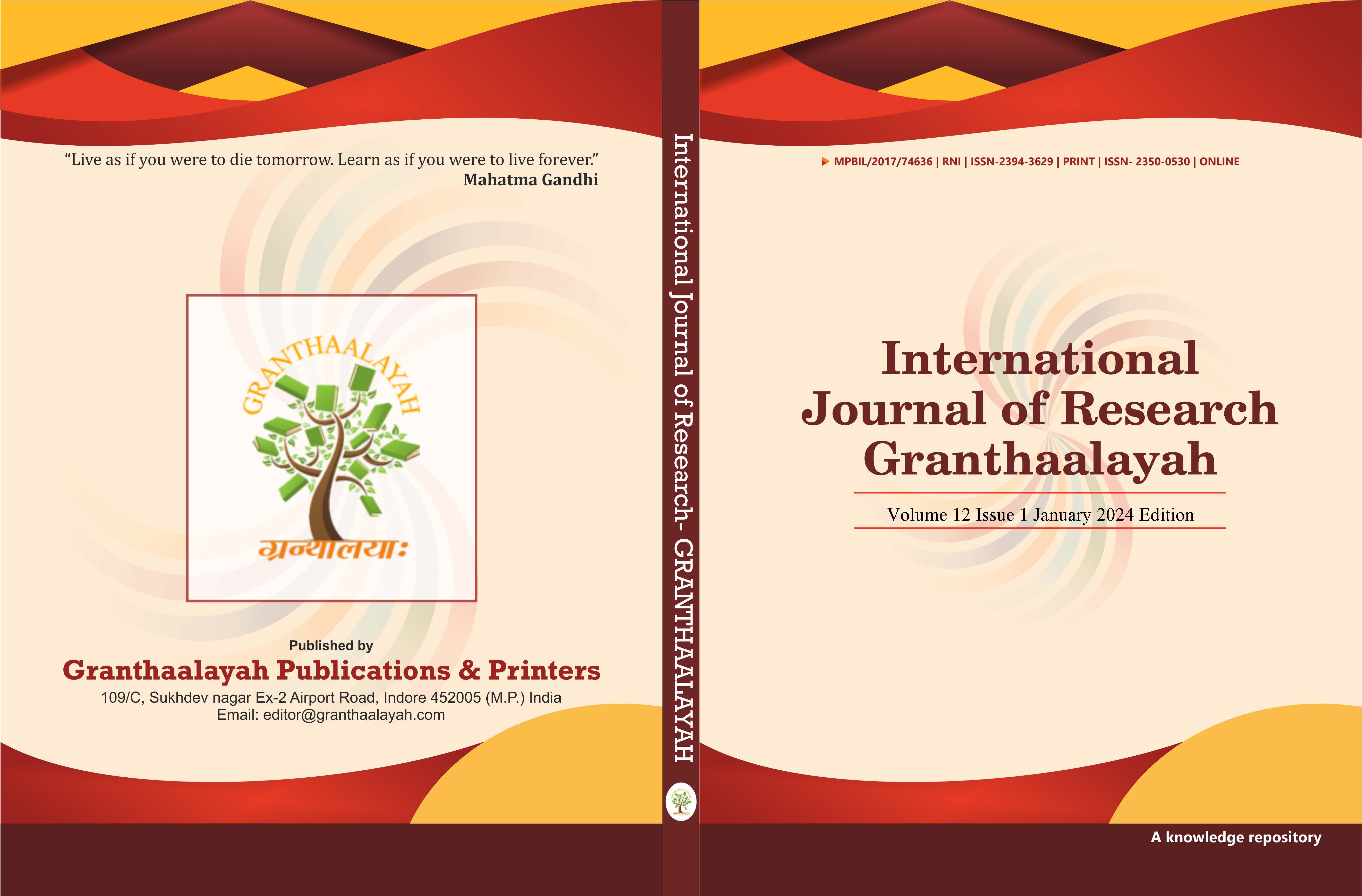AN INTELLIGENT PERSONAL PORTFOLIO WEBSITE WITH LSTM-BASED USER INTERACTION OPTIMIZATION
DOI:
https://doi.org/10.29121/granthaalayah.v12.i1.2024.6105Keywords:
Portfolio, Website, Lstm, InteractionAbstract [English]
The Personal Portfolio Website is a dynamic digital platform designed to represent an individual's professional profile, integrating intelligent features to enhance user interaction and personalization. By leveraging Long Short-Term Memory (LSTM) networks, the system introduces adaptive elements such as behavior-based content suggestions, personalized project highlights, and user engagement predictions. This adds an intelligent layer to traditional portfolio structures, enhancing the experience for both the website owner and its visitors.
The website is organized into core sections—Home, About Me, Projects, Skills, and Contact—each crafted to deliver a cohesive narrative of the individual’s professional journey. LSTM is utilized to analyze visitor interaction patterns (e.g., frequent scrolls, clicks, and time spent) and adjust content visibility accordingly. For instance, frequently visited project types can be dynamically highlighted, and skill proficiency graphs may be adapted to user preferences.
Built using HTML, CSS, JavaScript, and integrated with Python-based LSTM back-end modules, the website supports responsive design for optimal viewing across various devices. The LSTM model processes interaction sequences in real time to refine the interface and suggest content based on learned patterns. This not only showcases the individual's web development capabilities but also demonstrates practical application of machine learning in enhancing user-centric design.
This project underlines the growing importance of intelligent systems in web development, blending technical proficiency, personal branding, and machine learning to create a responsive and engaging professional portfolio experience.
Downloads
References
Projects. (n.d.). Online grocery management store PHP & MySQL database project.
Amazon. (n.d.). An Inside Look at the AI Tech Behind Just Walk Out.
Azuma, R. T. (1997). A survey of augmented reality. Presence: Teleoperators and Virtual Environments. DOI: https://doi.org/10.1162/pres.1997.6.4.355
Baymard Institute. (n.d.-a). Online Grocery Ecommerce UX research.
Baymard Institute. (n.d.-b). Online Grocery UX: 5 high-level UX Takeaways.
Cambridge University Press. (n.d.). US consumers’ Online Shopping Behaviors and Intentions During and After the COVID-19 pandemic. Journal of Agricultural and Applied Economics.
Cart-Power. (n.d.). Creating an Ideal Online Grocery Store Interface.
Chen, Y., et al. (2020). Enhancing website personalization using user behavioral segmentation. Information Systems Frontiers.
GeeksforGeeks. (n.d.). Build a Grocery Store Web App using PHP with MySQL.
Hochreiter, S., & Schmidhuber, J. (1997). Long short-term memory. Neural Computation, 9(8), 1735-1780. DOI: https://doi.org/10.1162/neco.1997.9.8.1735
Investopedia. (n.d.). How Shopping Habits Changed due to COVID.
Krakovna, V., et al. (2020). Web user behavior classification using deep learning. NeurIPS Proceedings.
Li, L., Chu, W., Langford, J., & Schapire, R. E. (2010). A contextual-bandit approach to personalized news article recommendation. WWW Conference. DOI: https://doi.org/10.1145/1772690.1772758
Liu, B., & Zhang, L. (2021). Overcoming data sparsity in user interaction modeling. Data Mining and Knowledge Discovery.
McMahan, H. B., et al. (2017). Communication-efficient learning of deep networks from decentralized data. AISTATS.
Node.js Foundation. (n.d.).
Raskar, R., et al. (2019). Privacy-aware user behavior analytics. *ACM Transactions on Privacy and Security.
ScienceDirect. (n.d.). Online Grocery Shopping Recommender Systems: Common Approaches and Challenges.
Shipway. (n.d.). COD vs Online Payment: Which Method is Best for Ecommerce?.
Tailwind CSS. (n.d.). Tailwind CSS documentation.
TensorFlow.js. (n.d.).
W3Schools. (n.d.). HTML, CSS, and JS tutorials.
Wang, Y., et al. (2021). Personalized content recommendations using LSTM. Journal of Web Intelligence.
Wired. (n.d.). Alibaba has invented the supermarket of the future.
Yan, Y., & Zhou, M. (2022). LSTM for dynamic web analytics: A case study. IEEE Transactions on Neural Networks.
Zhao, K., et al. (2019). Deep learning for user behavior prediction in e-commerce. ACM Computing Surveys.
Published
How to Cite
Issue
Section
License
Copyright (c) 2024 Ashish Tiwari, Neha Singh, Shubham Yadav, Kartikay Bhardwaj, Charu Rohilla

This work is licensed under a Creative Commons Attribution 4.0 International License.
With the licence CC-BY, authors retain the copyright, allowing anyone to download, reuse, re-print, modify, distribute, and/or copy their contribution. The work must be properly attributed to its author.
It is not necessary to ask for further permission from the author or journal board.
This journal provides immediate open access to its content on the principle that making research freely available to the public supports a greater global exchange of knowledge.
























